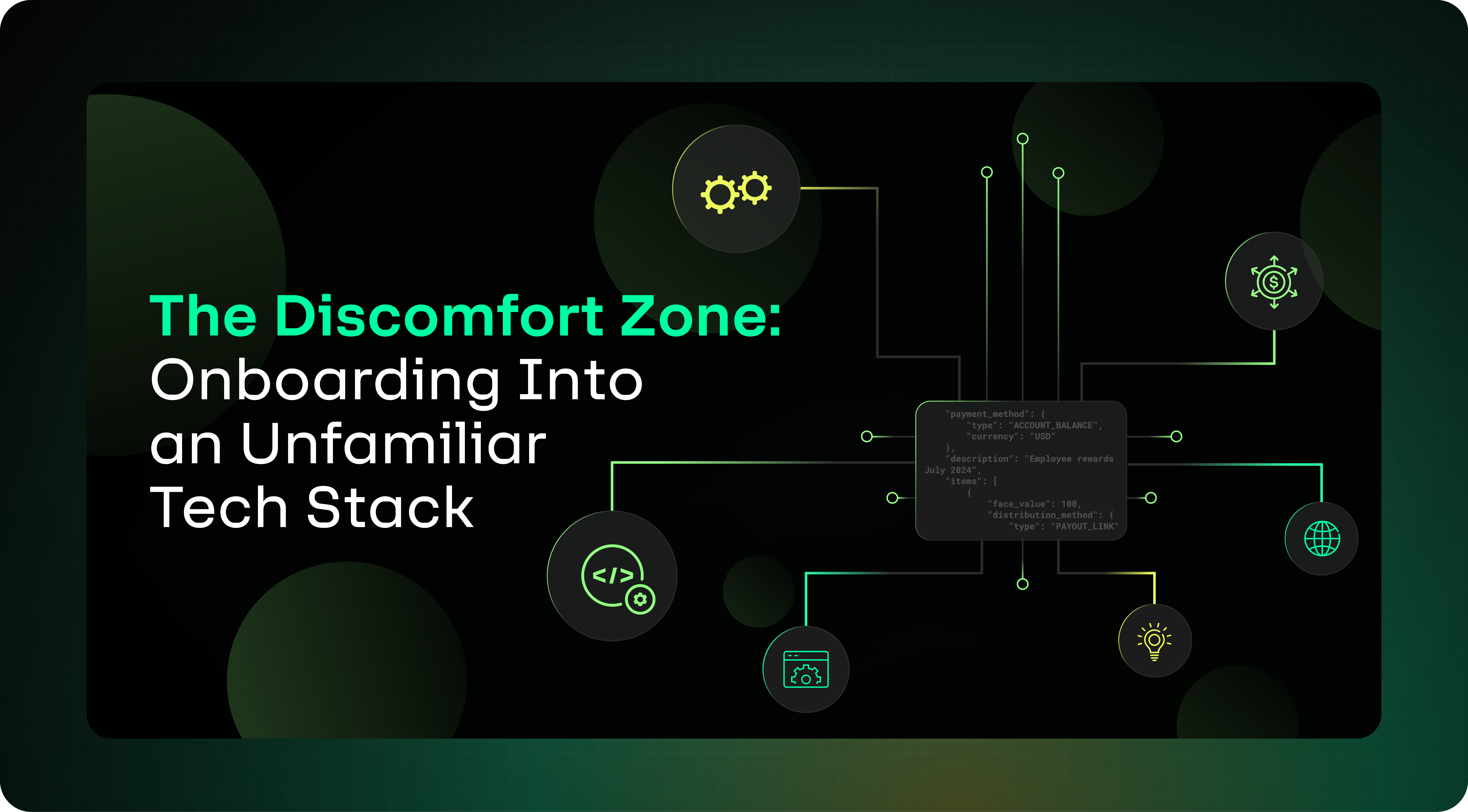Are you ready to embark on a journey from npm to pnpm? If you’ve been contemplating this migration, it’s essential to understand that the process might vary depending on the complexity of your project. I have read many articles on migration from npm to pnpm but it is mostly surface-level guidance. Let’s dive into some important decisions and share experiences that can make this transition smoother.
1. Choosing the Right Time for Migration
The first and most crucial decision you need to make is to select the perfect time for the migration. If your project is large and involves multiple developers, it’s best to plan the migration during a time of reduced development activity or during a dedicated sprint. Why?
- Folder structure changes during migration can lead to conflicts if parallel development is ongoing.
- Even if you use `pnpm import` to generate a `pnpm-lock.yaml` from another package manager’s lockfile, issues may still arise. Ensuring all dependencies are the same can be tricky.
- You may need time to handle regressions and have a backup plan if things go wrong.
Choosing the right time for migration will make your life easier, reduce pressure, and minimise potential bugs.
2. Understanding the Root Cause and Deep Diving into Issues
During migration, you might encounter unexpected problems, such as unit tests failing even when all dependencies and libraries seem fine. In such situations, it’s essential to resist the temptation to simply fix the failing tests. Instead, take the time to investigate the root cause.
For example, I faced unit test failures after migrating. After some research, I discovered that an incompatible node version in my updated `pnpm` version was affecting the reactivity of Vue.js. Fixing the tests alone wouldn’t have addressed the real problem, and the actual features of the application wouldn’t have worked correctly either. Upgrading the Vue.js library along with `pnpm` resolved the issue and improved overall performance.
3. Proper Regression Testing with Backup Plans
Once you are confident with the migration through your own testing, it’s time for comprehensive regression testing with a solid backup plan.
Changing the package manager can introduce issues here and there, due to slight differences in the way each package manager operates. Instead of merging your migration branch into the main branch immediately, set up a sandbox environment and point it to the migration branch. Observe and test it over a specific timeframe, similar to your production setup. This way, you can easily revert to the current main branch if any unexpected problems arise.
Although maintaining two branches might require extra effort, it will be worth it in the long run if you’ve chosen the right time for migration as advised earlier.
4. And more…
In real-world scenarios, you may also need to address related components such as Storybook, TypeScript, and CI/CD configurations. However, the three decisions above are the most important to think about before starting your journey from npm to pnpm.
Conclusion
Migrating from npm to pnpm is indeed an adventure, and you’re right to expect more than just surface-level guidance. Understanding the complexity of your project, choosing the right time for migration, investigating compatibility issues, conducting comprehensive testing, and considering the full scope are all critical steps that contribute to a successful migration.
Don’t be discouraged by potential challenges; instead, embrace the journey with a proactive and thorough approach. By doing so, you’ll gain valuable experience and insights that will help you navigate future migrations with confidence. Happy migrating!
.png?width=864&height=473&name=Nikolay%20Blog%20Tile%20(1).png)


